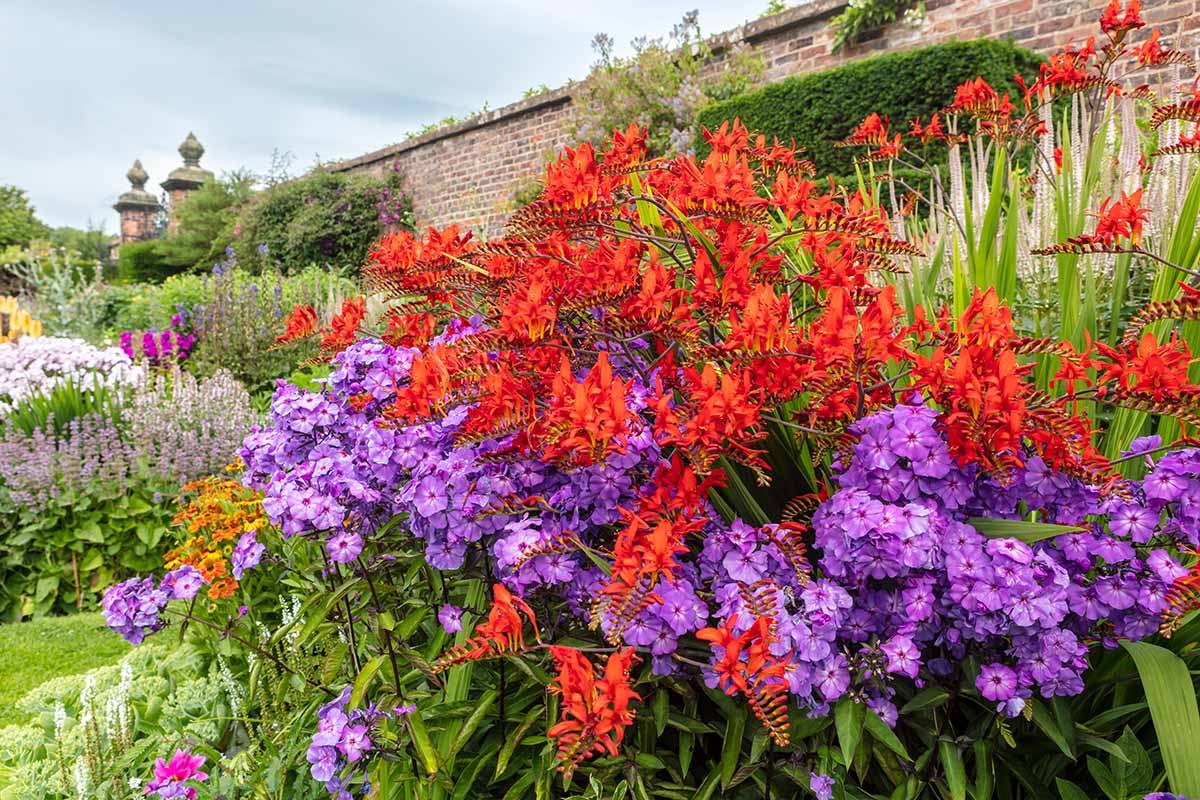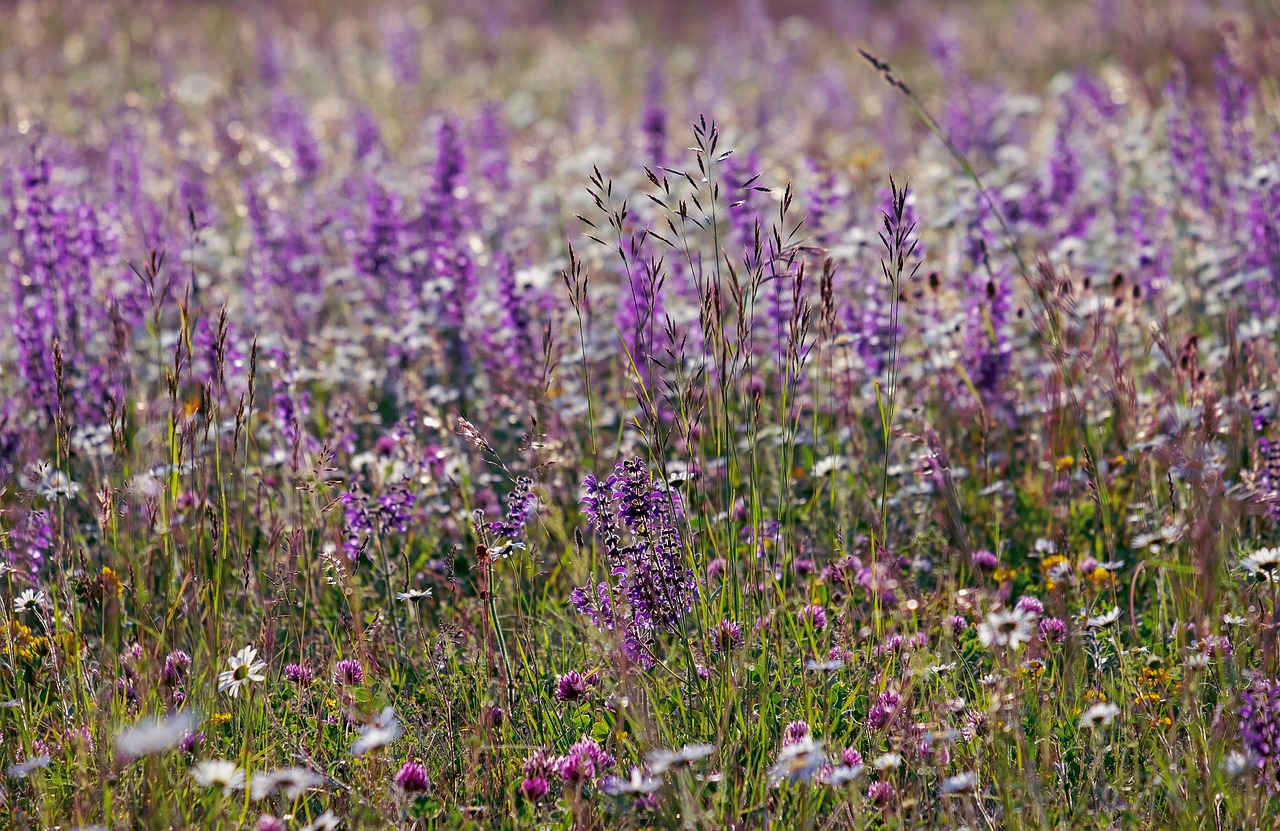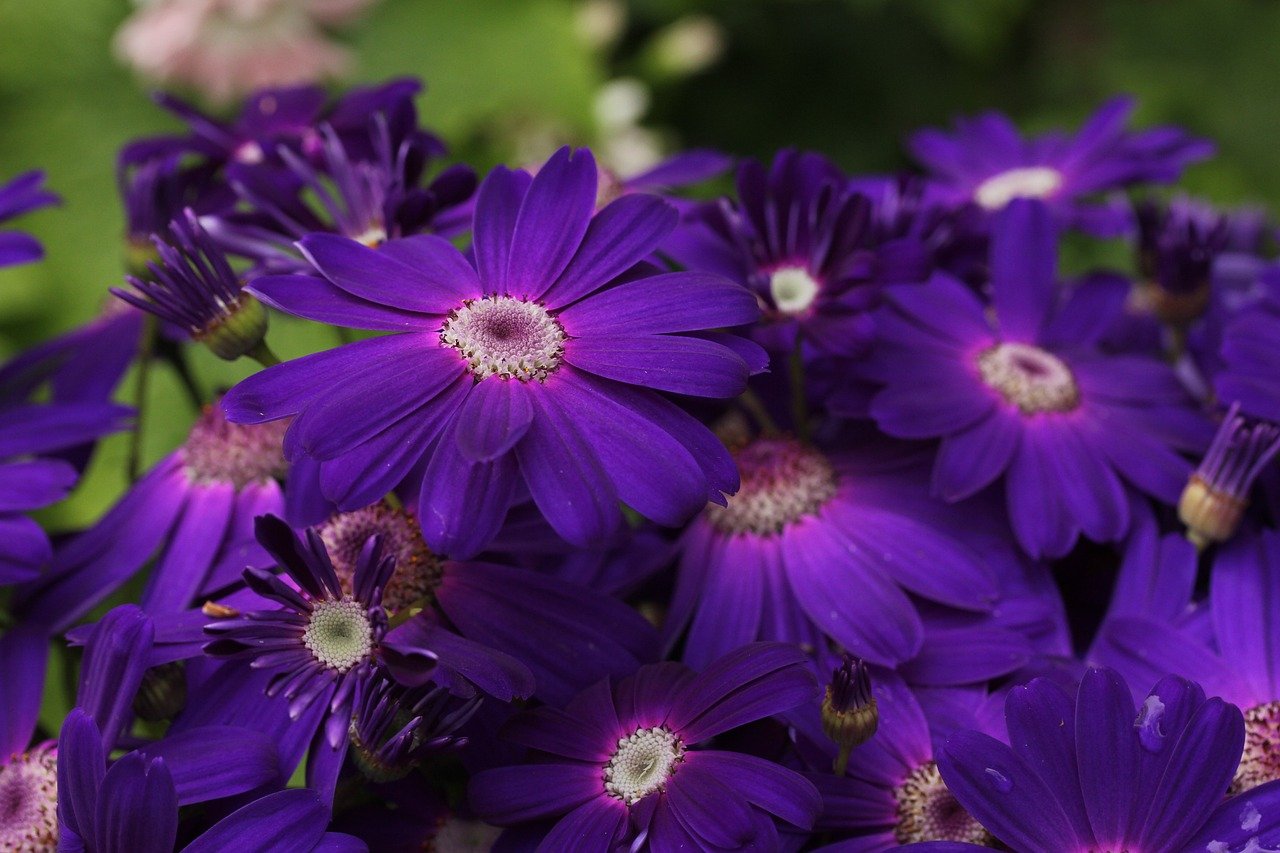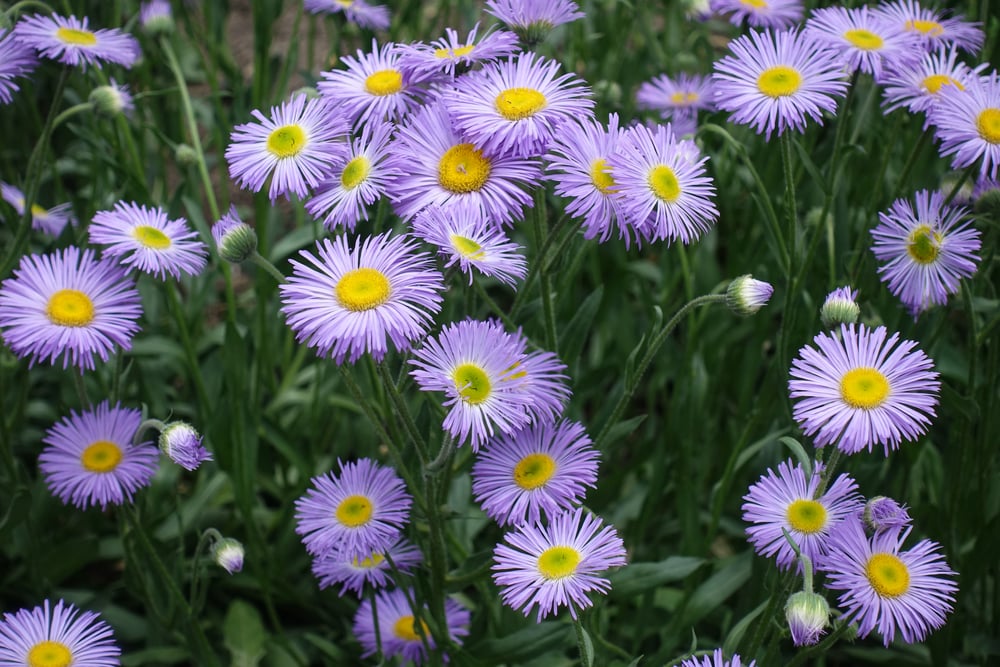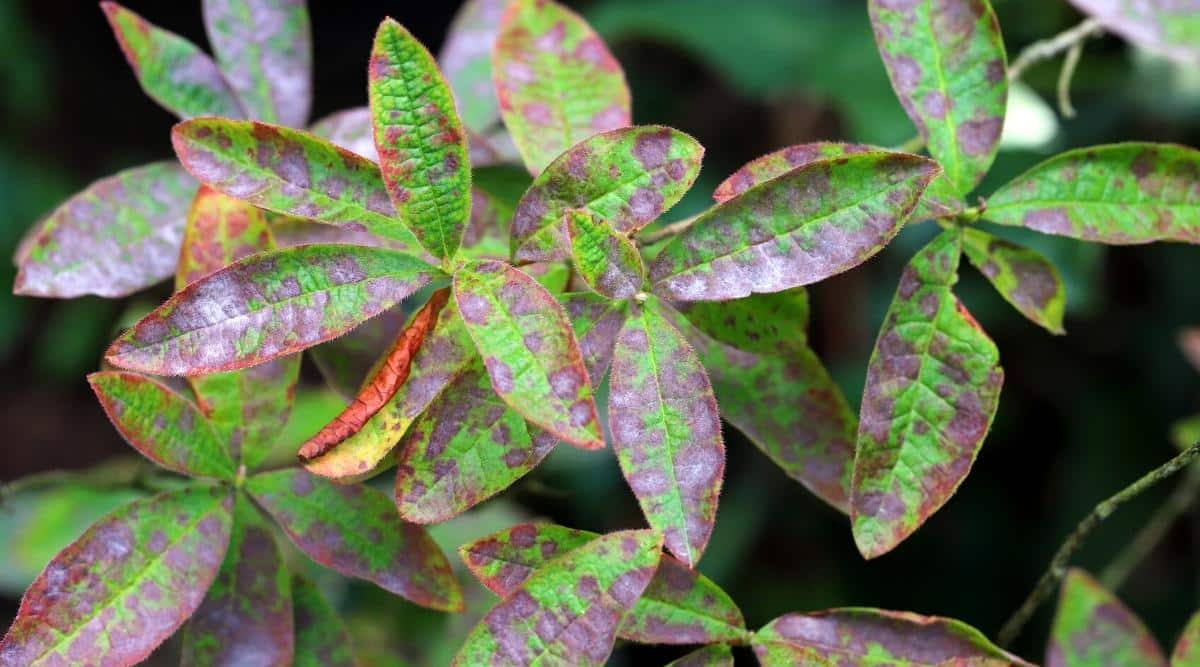Lavatera Plant: Lifespan, Care Tips, and Maintenance
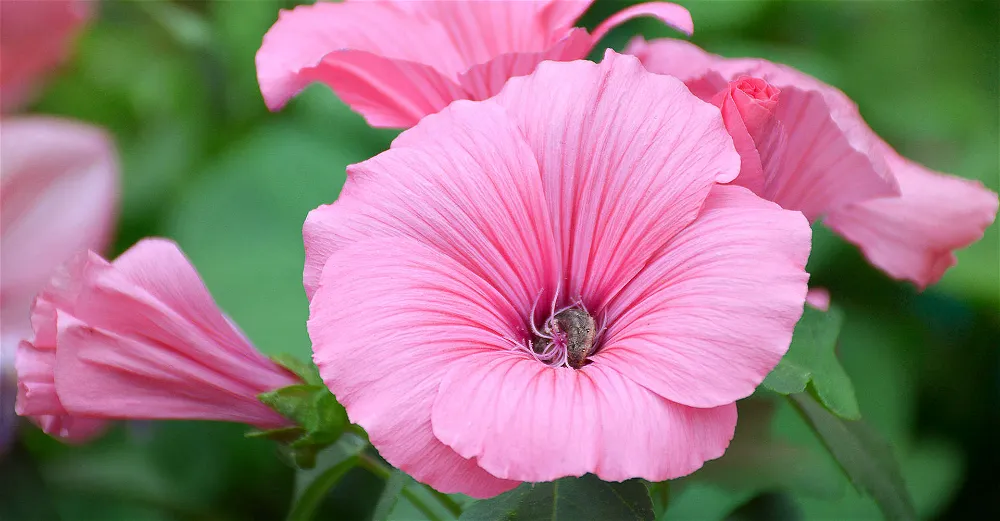
Table of Contents
Finding the right flowering plant for your home that elevates the overall ambiance of your outdoor spaces is truly a challenge. If an evergreen foliage with a stroke of colorful flowers is something that will fascinate you, Lavatera plants can be the option you could hope for.
Even if you leave them alone or pair them up with other blooms, they are a versatile plant option, being the best flowers in every way. Add them to your as mixed borders, or use them in your flower beds. The overall effect of these plants is enchanting.
But can you plant them only because they are beautiful and luscious? Before you choose a plant for your garden, you must be aware of its lifespan, care tips, and ideal conditions. If you want to learn everything crucial for growing a Lavatera plant and lavatera problems, keep reading the blog!
What is a Lavatera Plant?
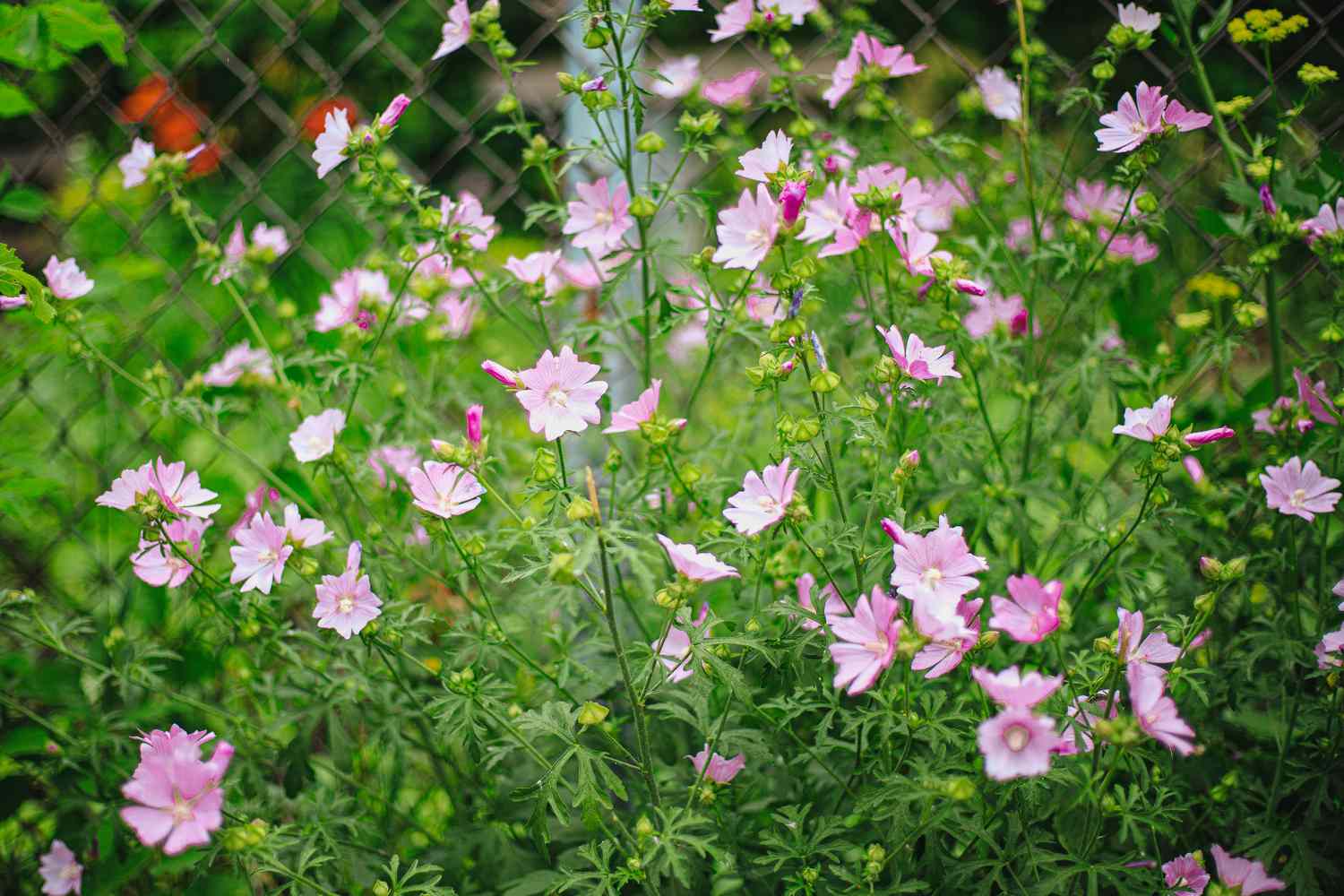
Lavatera plants, also known as Mallow, Tree Mallow, or Annual Mallow, are one of the most common ornamental plants you’ll find in gardens and homes. The bright bloom of Lavatera plants makes the outdoor spaces look delightful.
Lavatera plants have 25 different species, and with their variable colors, they make the gardens look dreamy. The flowers of these plants are funnel-shaped. Among different varieties of Lavatera plants, they are generally categorized into two different categories, i.e., Annual and Perennial Lavatera varieties.
- Some of the widely used Lavatera plant varieties are as follows.
- Lavatera thuringiaca
- Lavatera maritima
- Lavatera Barnsley Baby
- Lavatera clementii Barnsley
- Lavatera trimestris
Different varieties of Lavatera plants have blooms of varying colors. For example, Lavatera trimestris, an annual variety, can have flowers of color white, dark pink, cherry pink, or light pink. So, with the right variety of Lavatera, it becomes so easy to add the required aesthetics to your garden.
The Lifespan of a Lavatera Plant
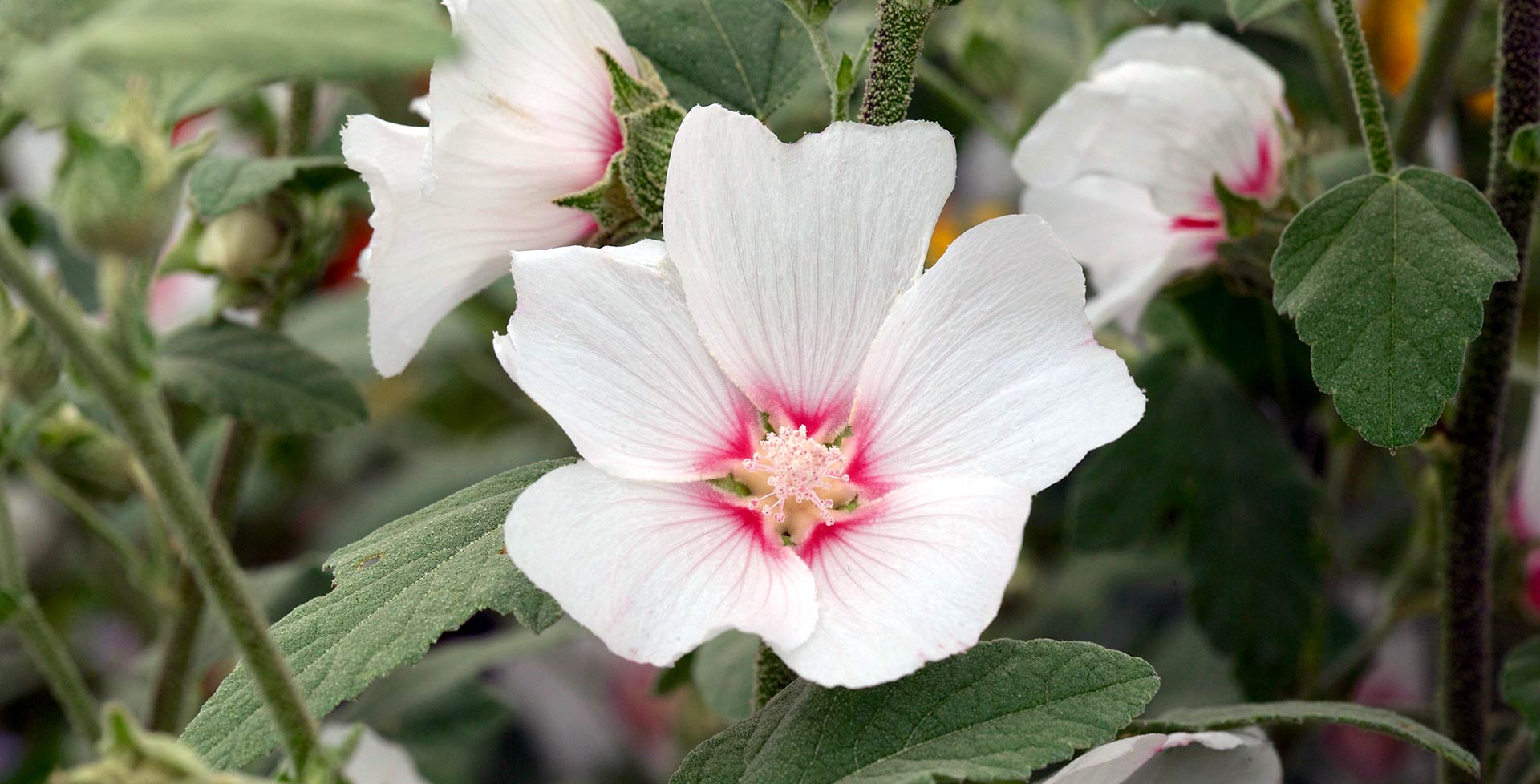
Lavatera plant has 25 species that are recognized, which can either be annual, perennial, or biennial varieties. If you sow a Lavatera seed, it will take around 2-3 weeks for its germination. The germinated seeds, then moved to an outdoor location, will then grow and become a mature plant.
Expect a Lavatera plant to live up to five years if you are providing ideal conditions for its growth and survival. If we mention Lavatera shrubs, depending on their growing environment, on average, they can survive for 4-8 years. The lifespan of a Lavatera plant varies greatly with different species.
Although a Lavatera plant will die in around 5 years, because of the prolific self-seeding of the plant, the new plants replace the dying plants. Pollinators like bees and butterflies are crucial for the self-seeding of plants.
What Factors Influence the Lifespan of a Lavatera Plant?
A Lavatera plant can live for 5 years. But ideal conditions are that proper care of the plant is crucial so that the plant survives for that long. Environmental conditions, infections, infestation, care, and maintenance are some important factors that will have an impact on how long a plant lives.
Growing Lavatera plants is extremely easy and a hassle-free task. While the plant is easy to grow, the plant must get proper care and maintenance.
Here are some of the factors that will help you to give your plants a longer lifespan.
1. Soil
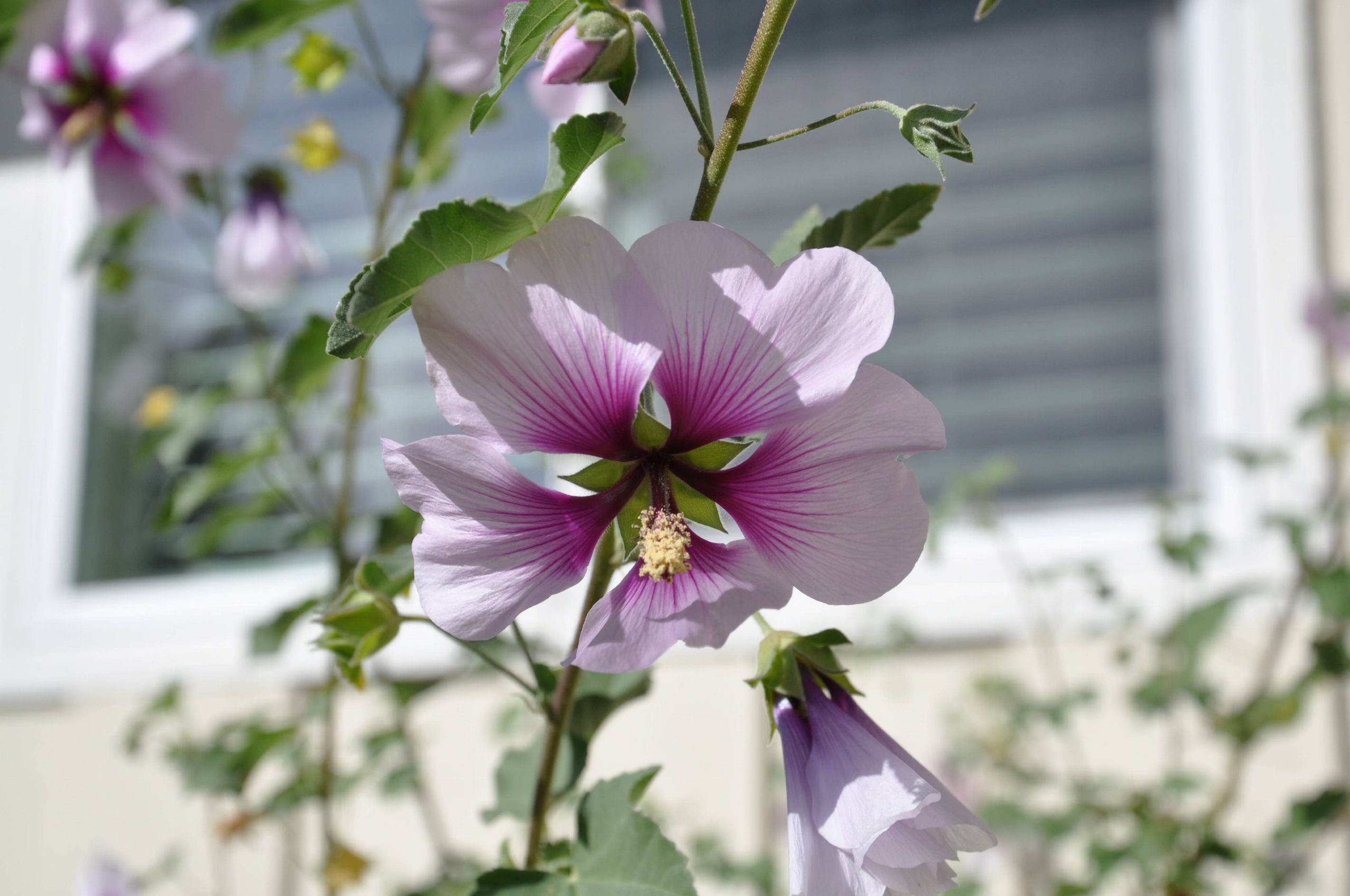
The plants are sensitive to the soil type you are growing them in. So, it is essential to learn about the soil type the plants can optimally grow in. The plants can tolerate most of the soil conditions, but soil types like sandy or loamy soil are the best for Lavatera plants (because of the water drainage property).
2. Water
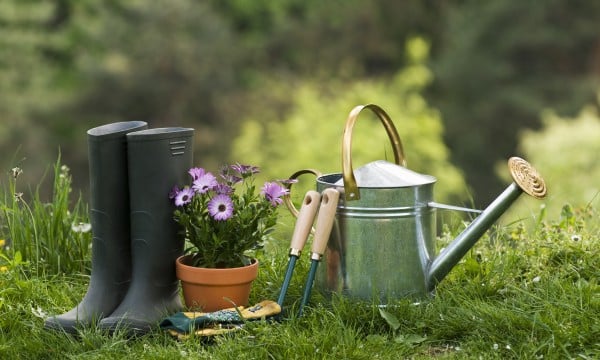
How much water a Lavatera plant will need is specific to different varieties. But generally, the plants are drought tolerant so over-watering a Lavatera plant is a big mistake. Clogged soil can adversely affect the growth of this plant.
3. Sun
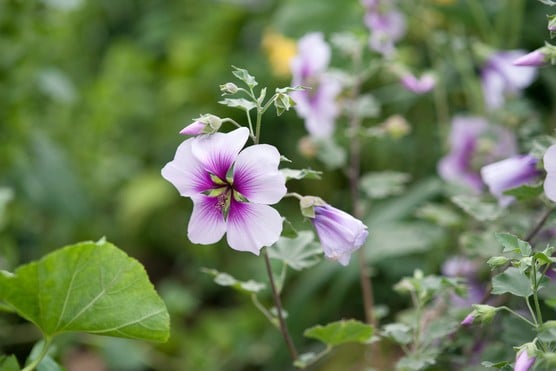
Lavatera plants are sun-loving plants. If you grow a Lavatera plant in areas with shades (partial or full), there will be a difference in the flowers of the plant. Even the seeds need sunlight to germinate and become mature plants.
4. Temperature

If we talk about temperature, moderate and temperate climates are best for the growth of Lavatera plants. The ideal condition for a Lavatera plant is that the temperature should not be too hot or too cold.
5. Pruning
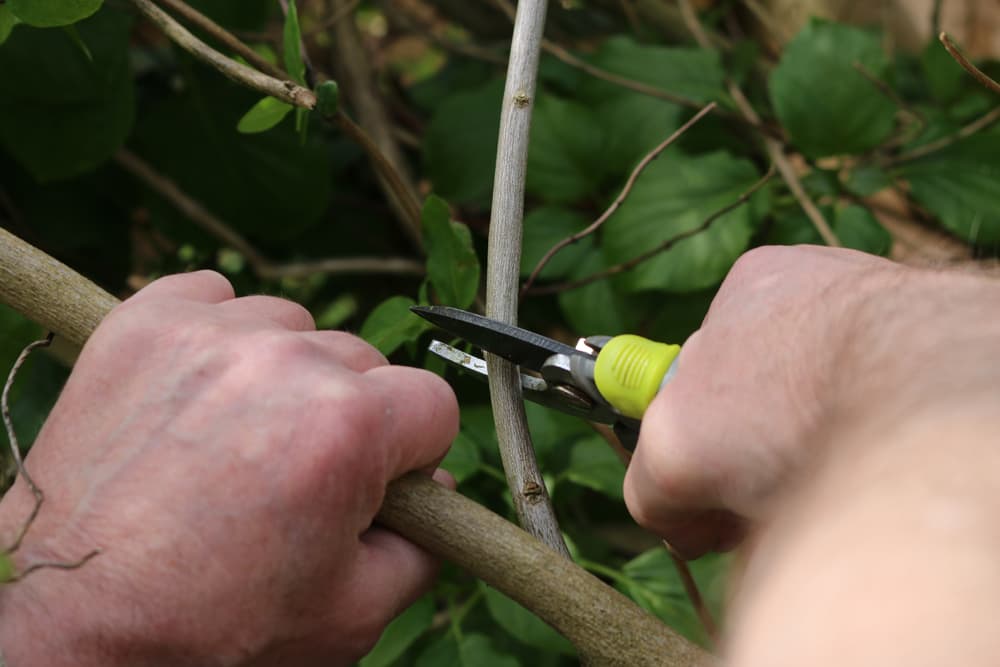
One important way to ensure your plant lives for long is to prune the plant regularly. Pruning helps the flowers to bloom, and with pruning, you can give a structural definition to your Lavatera plants.
Overcoming Cultivation Problems
Growing Lavatera can be really easy. You can easily do it in your backyard. However, some of the species of this plant are more susceptible to different environmental and biological factors. Here are some Lavatera problems you might face as you grow these blooms.
One important cultivation problem with Lavatera plants is the vulnerability of plants to fungal and bacterial infections. If there is any sign of infection, discard the infected leaves and flowers.
There are many infections that can affect the growth of Lavatera plants, but some of the common infections for a Lavatera plant are as follows.
- Rusty Lavatera (fungal infection)
- Leaf Spot Illness (Bacterial infection)
- Powdery mildew/mold
Conclusion
Lavatera plants are perfect to add beauty to your garden. With a great variation in species of Lavatera plants, they make a versatile option for home gardens.
On average, a Lavatera plant will live for about 4-5 years. The self-seeding characteristic of this plant helps new plants to grow with senescent plants. This way, you have Lavatera plants as long as you want them in your garden.
The lifespan of any plant will depend on the conditions provided to the growing plant. Ideal conditions like soil type, temperature, sun exposure, and protection from infections ensure the Lavatera plants live longer.
Comment below and let us know what plants you are currently using in your garden!

